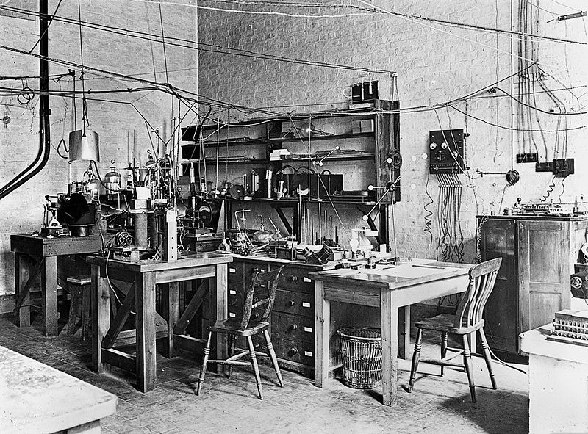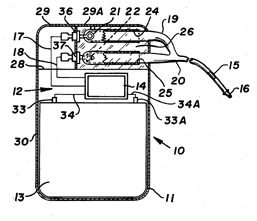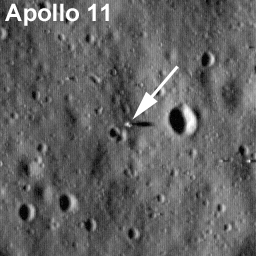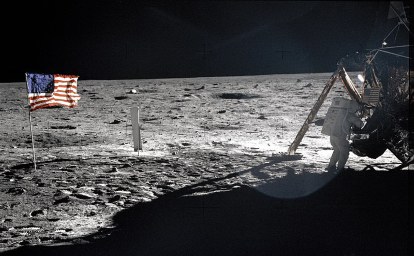The Firsts - Groundbreaking achievements, inventions and the pioneers. Pre 1900. Page 8
The first person to be convicted using finger print evidence was Harry Jackson in 1902. The British burglar entered a home and stole some billiard balls. He left his fingerprints behind on a freshly painted windowsill. Jackson served 7 years in prison.
The first persons in history to artificially split the atom were Ernest Walton and John Cockroft in 1932
.
Sir Ernest Rutherford (1871-1937) was born in New Zealand, coming to England to study at Cambridge in 1895, but moving to McGill University, Montreal, Canada, in 1898. There he built upon the work of H Becquerel (1852-1908) and M Curie (1867-1934) to show that radiation was made up of alpha, beta and gamma rays. In 1911, having returned to Britain, he proposed a new structure for the atom, seeing it as a miniature solar system with the nucleus at the centre and electrons orbiting it.
While many believe that Ernest Rutherford became the first person to deliberately split the atom by bombarding nitrogen with naturally occurring alpha particles from radioactive material and observing a proton emitted with energy higher than the alpha particle, this is incorrect. Rutherford forced protons out of the nucleus but did not split the nucleus, as a fission reaction requires.
January 25, 1939. The uranium atom was split for the first time at Columbia University’s Pupin Hall, providing the theory of a number of secientists that eventually led to the development of atomic energy.

First man to land on the moon was Neil Armstrong on July 21, 1969. Buzz Aldrin followed him. Apollo 11 was the spaceflight that landed the first humans on the Moon. The third member Michael Collins, piloted the command spacecraft alone in lunar orbit until Armstrong and Aldrin returned to it just under a day later for the trip back to Earth.

